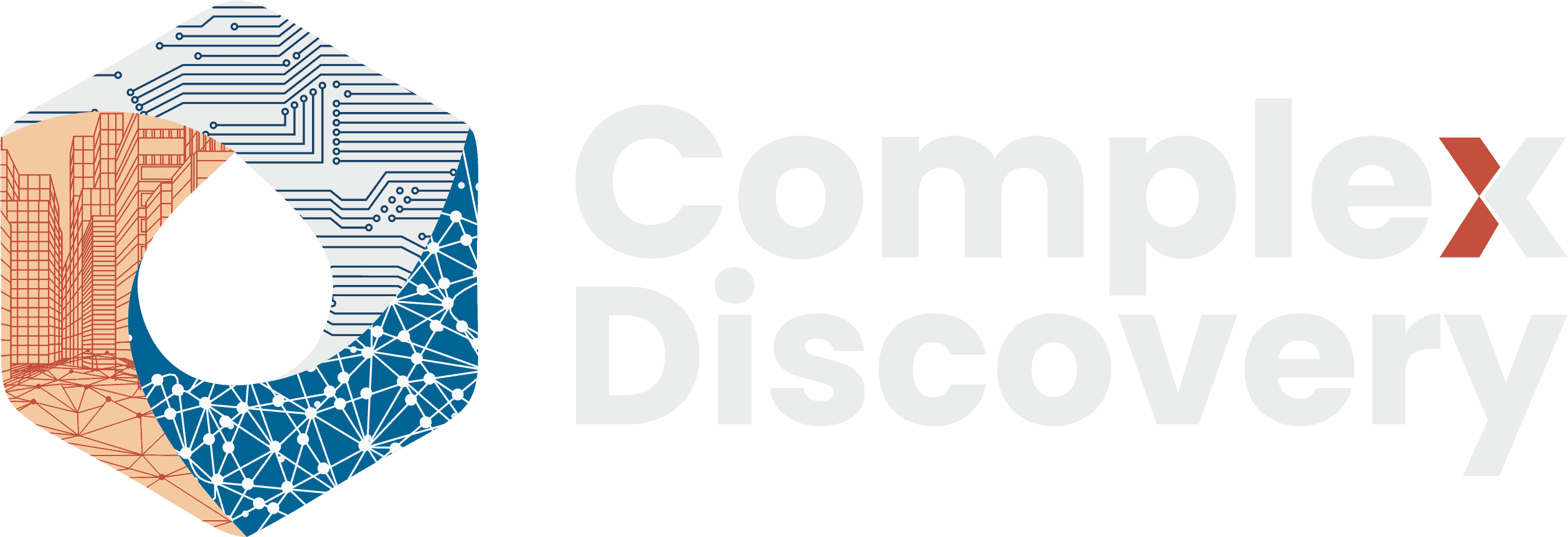Editor’s Note: Can artificial intelligence create without crossing legal lines? As AI systems grow more powerful, that question is becoming central to innovation strategy—and litigation. In this compelling analysis, Adobe emerges as a rare example of a company proactively addressing the legal risks tied to generative AI. By training its Firefly model exclusively on licensed content and offering indemnification to enterprise users, Adobe exemplifies how compliance can be a competitive advantage. For cybersecurity, information governance, and eDiscovery professionals, Adobe’s approach highlights the critical importance of embedding legal and ethical rigor into AI development from the ground up.
Content Assessment: Adobe’s Legally Grounded AI Model Offers a Blueprint for Responsible Innovation
Information - 92%
Insight - 93%
Relevance - 92%
Objectivity - 90%
Authority - 90%
91%
Excellent
A short percentage-based assessment of the qualitative benefit expressed as a percentage of positive reception of the recent article from ComplexDiscovery OÜ titled, "Adobe’s Legally Grounded AI Model Offers a Blueprint for Responsible Innovation."
Industry News – Artificial Intelligence Beat
Adobe’s Legally Grounded AI Model Offers a Blueprint for Responsible Innovation
ComplexDiscovery Staff
In the high-stakes world of generative AI, the question isn’t just what these systems can create—it’s whether they’re allowed to create it. As copyright lawsuits mount and regulatory scrutiny intensifies, companies are being forced to answer not only for what their AI does, but how it was trained. Adobe, the creative software giant, has taken a markedly different path from many of its competitors, utilizing legal clarity as both a shield and a strategy. With its Firefly AI model, Adobe is attempting to prove that you don’t have to choose between innovation and integrity—you can have both.
Known for its steadfast commitment to legality, Adobe has innovated by creating Firefly, an AI generative model trained only on content that the company legally owns or is licensed to use. This distinct strategy sharply contrasts with the controversies surrounding other AI systems that are purportedly trained on unauthorized data. Companies such as Disney and Universal have been relentless in their litigations against AI platforms like Midjourney, which they accuse of employing unlicensed media.
Ely Greenfield, Adobe’s digital media CTO, highlights Firefly’s rigorous compliance: “Every piece of content that we train on is something that we have acquired the license of, or that is published under a verifiable and known license.” Adobe’s AI tools have become integral in creative sectors, with giants like Mattel and Estée Lauder leveraging Firefly for creative ideation and asset generation.
Note: While Adobe states that Firefly is trained exclusively on content it owns or has licensed, some independent reporting has found that a portion of the training data included AI-generated (synthetic) images sourced from other models. This introduces a minor gray area regarding the original provenance of every image. However, Adobe continues to extend indemnification to enterprise customers for Firefly’s outputs, underscoring its legal confidence and commitment to user protection.
Reflecting the company’s forward-thinking ethos, Adobe recently expanded its AI portfolio by integrating several third-party AI models into its Firefly app. These models, including integrations from OpenAI and Google, are vetted to abide by Adobe’s strict “do-not-train clause,” ensuring data privacy and legal compliance. Adobe’s blend of proprietary and partner models caters to diverse client needs, distinguishing it in a booming AI market.
Adobe’s commitment to innovation doesn’t stop there. Its partnership with Moonvalley is poised to revolutionize AI-generated video content. Moonvalley’s Marey model, constructed with entirely licensed material, assures commercial creators of legal safety. This synergy allows Adobe to provide a comprehensive ecosystem that marries image and video AI capabilities within a legally sound framework.
As discussions around AI ethics and legality mount, Adobe’s meticulous strategy offers a glimpse into a future where responsible AI use is not only possible but profitable. As Adobe continues to pioneer legally sound AI solutions, its competitors grapple with a complex web of lawsuits, regulatory scrutiny, and public debate about the ethical implications of AI technology.
President Trump’s remarks at a recent AI summit underscored the tension within the AI community, advocating for less restrictive innovation free from what he deemed impractical copyright constraints. However, this viewpoint clashes with those of proponents for stronger copyright protections, who argue for a compensation system akin to music licensing for use of creative works in AI.
As legal frameworks lag behind technological advancements, the industry remains divided on how to equitably manage intellectual property rights in AI development. Institutions like the Human Artistry Campaign assert that AI should operate under strict licensing agreements, countering the more laissez-faire positions advocated by parties like Trump and Meta.
The road ahead for generative AI will be shaped not only by what’s technologically possible, but by what’s legally and ethically defensible. In a climate where the question “can AI create this?” increasingly depends on “was it trained legally?”, Adobe’s transparent, indemnified approach offers more than a competitive edge—it provides a blueprint for sustainable innovation. As the rest of the industry grapples with lawsuits and shifting legal standards, Adobe reminds us that in AI, how you build is just as important as what you build.
News Sources
- Adobe’s CTO is getting more creative on the software maker’s approach to generating safe AI tools (Fortune)
- Adobe announces AI partnership for commercially safe AI-generated video with Moonvalley (Forbes)
- What is the dead internet theory? (CNET)
- Trump rejects AI training compensation at summit (Variety)
- Adobe’s AI videos get audio—is it better than Google’s Veo 3? (CNET)
Assisted by GAI and LLM Technologies
Additional Reading
- Courts at the Crossroads: Confronting AI-Generated Evidence in the Age of Deepfakes
- Judges and AI: The Sedona Conference Publishes a Framework for Responsible Use
- Complete Look: ComplexDiscovery’s 2024-2029 eDiscovery Market Size Mashup
- eDiscovery Industry: 2024 M&A Highlights and 23-Year Retrospective of Growth and Market Trends
Source: ComplexDiscovery OÜ








































